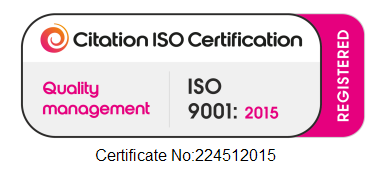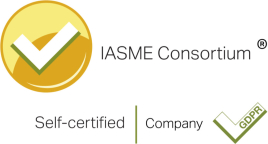Overseas Groups
Overseas groups can be frustrated when UK subsidiaries are holding large sums in cash but do not hold sufficient distributable reserves to declare a dividend back to the parent company. Take this example; a company has cash reserves of £100K but a negative retained profit. They have a loss reserve of £50K and a share premium reserve of £150K. As the share premium reserve does not form part of distributable reverses, Company Law states that the company cannot declare a dividend despite having a positive cash balance. – This is known as the dividend block.
But there is a way, and it is easy.

Can privately owned companies convert large share premium reserves into distributable reserves?
Company rules in the UK can be really quite business-friendly – much more so than in many other countries. One example is the ability for privately owned companies to convert large share premium reserves into distributable reserves. This allows dividends to be paid which would otherwise be impossible. A welcome discovery for many of our international clients.
For International Groups, it may take UK subsidiaries several years to actually generate profits as they adapt to a new market and establish themselves in the UK. They share issue new shares to the parent company at a substantial premium, leading to a share premium reserve. The share premium reserve is normally treated as a non-distributable reserve. It can be used to cover expenses related to the issuing of shares, or to issue bonus shares. When the subsidiary eventually starts generating profits, chances are that their retained profit and loss reserves are still negative and hence despite a positive cash balance, there is an inability to declare dividends.
In the UK, the 2006 Companies Act provides a straightforward solution to this problem for privately owned companies. The rules allow you to effectively convert the share premium reserve into the profit and loss reserve by way of a capital reduction, creating distributable reserves that can then be used to distribute dividends. Before the change in law, shareholders would have had to apply to court and obtain clearance in order to undertake this process – a complex and, more often that not, a lengthy affair.
These days, the solution is thankfully much easier
If you are looking to undertake this capital reduction, all directors of the UK subsidiary must sign a solvency statement, making it clear that the UK company is solvent. Consider your solvency position very carefully, including the company’s prospective and contingent liabilities.
Shareholders must then agree to the capital reduction by signing a special resolution within 15 days of the solvency statement. Providing you complete and file the paperwork correctly with Companies House, the process is complete.
A common frustration
A number of our private international clients – including Italian, Spanish and US companies – have seen real benefit from this change in Company Law.
We recently worked with an international group that owns a UK company with valuable intellectual property rights. The UK subsidiary did not have reserves large enough to pay dividends, but it held a fair amount of cash that it wished to distribute back to the parent. It also had a large share premium reserve. The group assumed it would be difficult to declare a dividend. Specifically, they expected to be involved in a difficult and lengthy process involving large legal fees. Yet the directors were surprised by how easy and quick it was to create distributable reserves from their current structure and declare a dividend back to the parent company.
Another of our clients, an Italian fashion chain with a UK subsidiary, was historically loss-making because of its expensive location. The subsidiary had then started making profits, but again had insufficient reserves to declare a dividend. We advised the group undertake a capital reduction in order to convert the share premium reserve into a distributable reserves. Although, they were aware that this could be done, they were concerned about the cost and the time commitment. They were staggered by the ease with which the process was completed.
UK companies
While these examples are of overseas headquartered groups, the procedure – and the benefit – is the same for UK companies whose UK subsidiaries have been loss-making, yet have a a substantial share premium account and a desire to declare a dividend.
Although the process is easy, it has to be done correctly. Signing a solvency statement is crucial. If you don’t do this then the process will not work. Getting the right documents and completing them correctly will be key to removing the dividend block.
For advice on capital reduction contact Amit Sharma, asharma@goodmanjones.com.
The information in this article was correct at the date it was first published.
However it is of a generic nature and cannot constitute advice. Specific advice should be sought before any action taken.
If you would like to discuss how this applies to you, we would be delighted to talk to you. Please make contact with the author on the details shown below.









